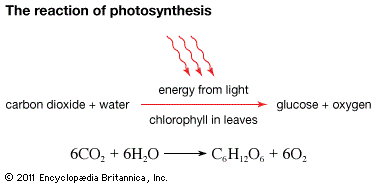Test: Nutrition in Plants- 3 - Class 7 MCQ
10 Questions MCQ Test Science Class 7 - Test: Nutrition in Plants- 3
Which of the following statement is/are true about photosynthesis?
P - Carbon dioxide is essential for photosynthesis to take place.
Q - The products of photosynthesis are simple sugars such as glucose.
R - Photosynthesis occurs in the green leaves of plants.
S - Sunlight is not used as an energy source by plants to make food during photosynthesis.
The equation given below represents photosynthesis.  Which of the following is represented by X and Y in the given equation?
Which of the following is represented by X and Y in the given equation?
 Which of the following is represented by X and Y in the given equation?
Which of the following is represented by X and Y in the given equation?| 1 Crore+ students have signed up on EduRev. Have you? Download the App |
The Cell is enclosed by a thin outer boundary, called
Which of the following is the characteristic feature of organisms exhibiting symbiosis?
What is the principal source of energy input to biological systems?
How does most carbon dioxide reach into the photosynthesizing cells of a green leaf?
Which of the following organisms are found as slimy, green patches on ponds or on stagnant water?
Why are fertilisers and manures essential for maintaining soil health?
|
111 videos|246 docs|28 tests
|


















